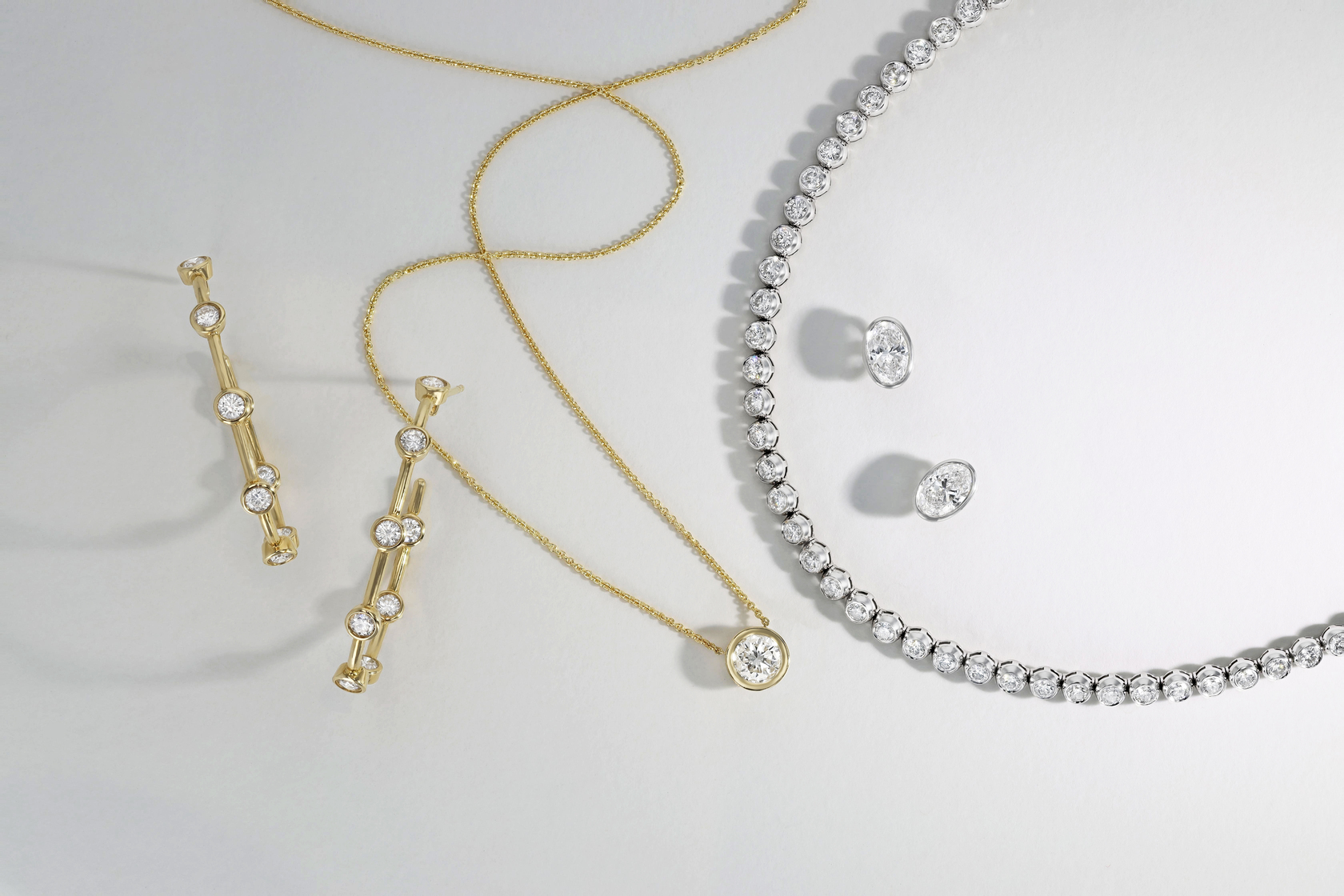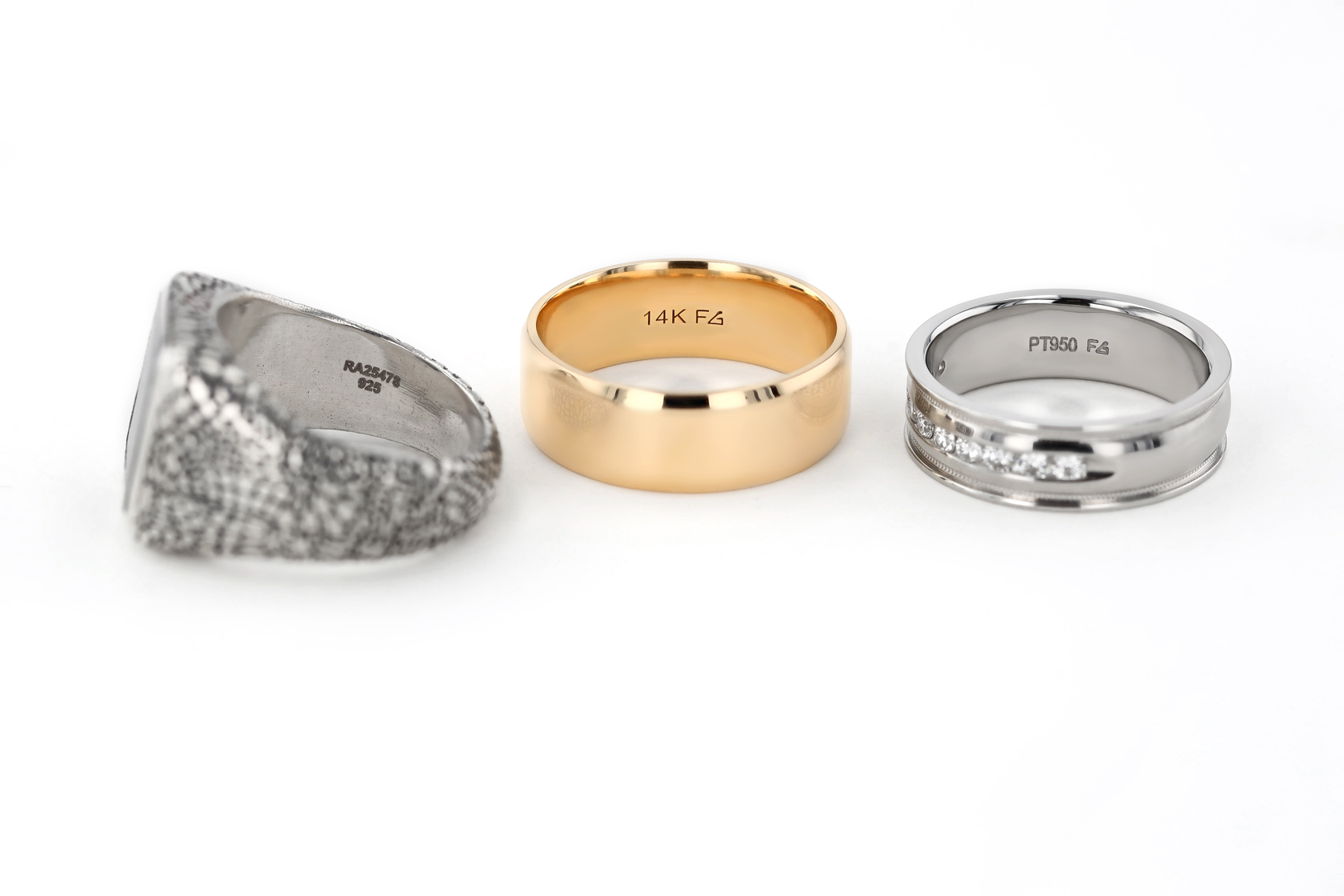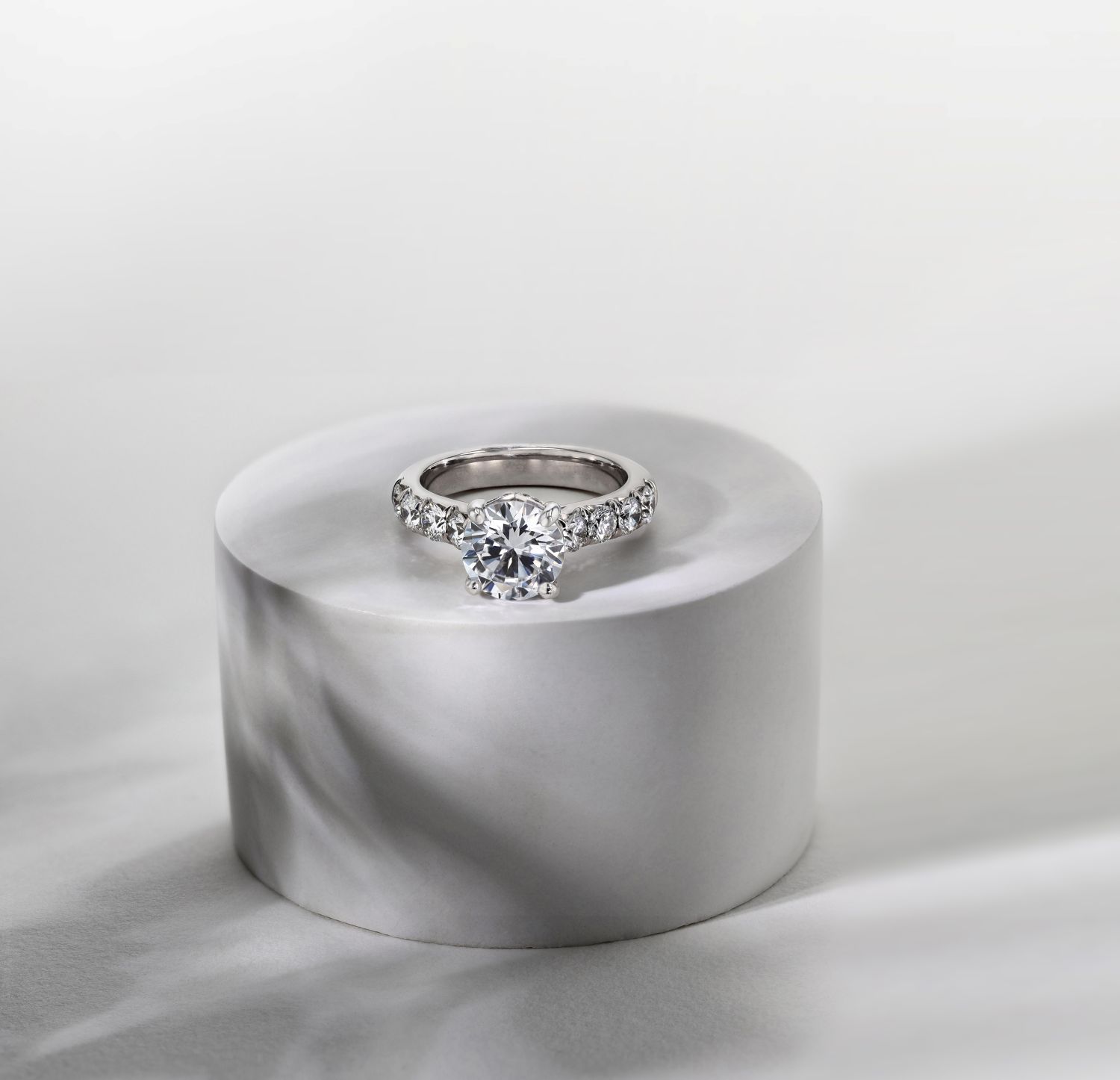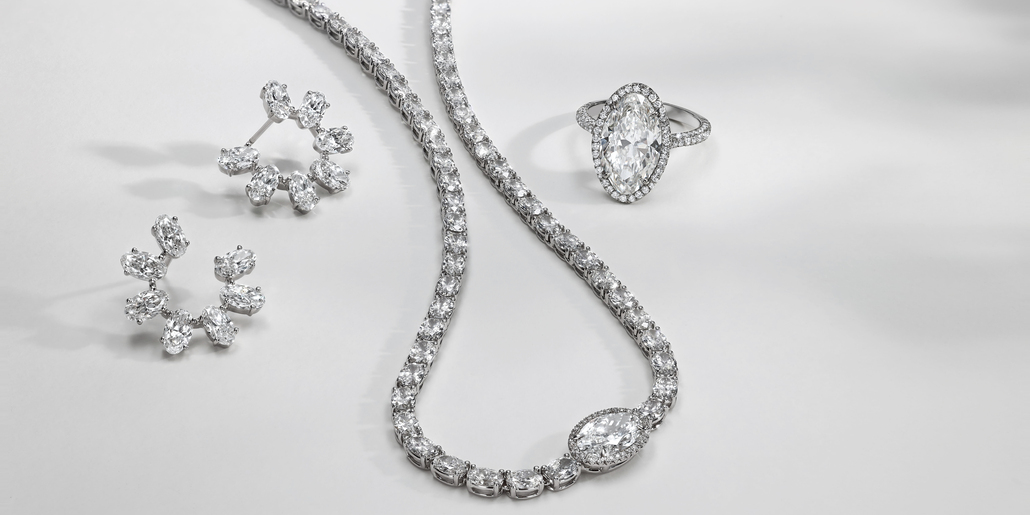A piece’s beauty, longevity and overall value often lie in a detail many overlook: the setting. A high-quality jewelry setting does more than hold gemstones in place—it showcases them, protects them and ensures the piece can withstand the test of time. Here’s how to spot a high-quality jewelry setting like a pro.
Examine the setting from all angles. High-end jewelry will display:
- Even spacing of prongs or bezels around the stone.
- Balanced alignment—the stone should sit perfectly centered and level.
- Uniformity in details—any decorative elements should match seamlessly.
An asymmetrical or sloppy setting is often a sign of mass production or poor craftsmanship.
Check the stone security. A good setting does more than flatter a stone—it protects it.
- Prongs should tightly grip the stone without gaps or wobble.
- Bezels should hug the stone evenly, with no visible space. Learn more about the bezel setting here.
- Tension settings should feel sturdy and not bend under light pressure.
Gently tap the jewelry. If you hear or feel movement, that’s a red flag.

Assess the finish and polishing. A refined finish is a telltale mark of quality craftsmanship.
- Surfaces should feel smooth, even in hard-to-see areas like underneath a ring.
- There should be no rough edges, visible solder marks or file scratches.
- High-quality settings will have a consistent polish—neither overly shiny nor dull.
Expert tip: The interior of a band or pendant should be just as thoughtfully finished as the exterior.
Inspect the metal quality and weight. The metal used in the setting is just as important as the design itself.
- Look for hallmarks or jewelry stamps indicating caratage (e.g., 18K, PT950).
- Feel the piece in your hand—a good setting will have a satisfying weight without feeling bulky.
- Plated metals or lightweight alloys may look good initially but wear poorly over time.
When in doubt, ask your jeweler whether the setting is solid or hollow and what metal grade is used. Visit our blog article on identifying genuine fine jewelry for tell-tale signs you can look for on your own.

Observe how the stone is framed. The right setting flatters the gem without competing with it.
- The setting should maximize light exposure (especially for diamonds and faceted stones).
- It should also protect vulnerable corners—especially with shapes like marquise or pear cuts.
- Halo or pavé settings should be neatly and securely arranged, not uneven or sparse.
We don’t recommend invisible settings, which secure stones using hidden grooves and position them flush together with no visible metal between them. Over time, these grooves can weaken, especially with frequent wear or impact. If even one stone becomes loose or dislodged, the integrity of the entire setting can be compromised. Shop for classic settings like prong, bezel or channel—safer choices that are just as stunning.

A beautiful gemstone is only as secure and stunning as the setting it’s placed in. By paying close attention to details like symmetry, security, finish and metal quality, you’ll be able to confidently identify jewelry that’s not just exquisite but enduring.

